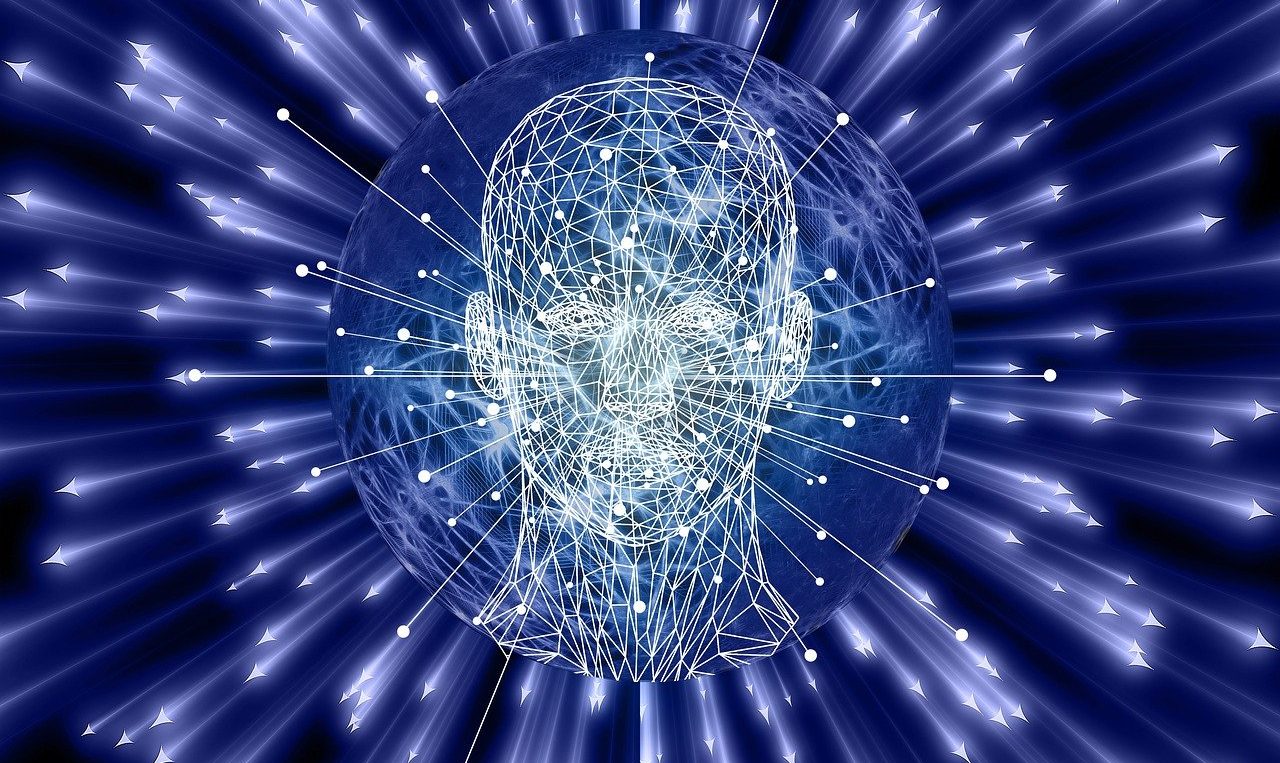AI’s basic value proposition is that it can “support, augment and automate human activities, and learn and act independently,” according to Gartner.
The ability to learn and act independently is what separates AI from other ways of automating work.
Gartner defines AI “as applying advanced analysis and logic-based techniques, including machine learning (ML), to interpret events, support and automate decisions and to take actions.”
Unlike traditional automation, in which technology executes a task according to its programming, AI can learn as it goes and come up with insights or ideas that had eluded humans.
For example, NASA used an AI program to design spacecraft and mission hardware that “weigh less, tolerate higher structural workloads, and require a fraction of the time” to develop compared to parts designed by humans, according to the space agency.
How Does AI Learn?
At the risk of oversimplification, the gist of AI is that humans give software some general rules for how to think but not what to think.
Like our own thought processes, it’s about taking in information, forming a hypothesis about how something works, testing that hypothesis and learning from what works or what doesn’t.
AI ingests and processes a massive amount of data and identifies potentially meaningful patterns, incorporating those patterns in a decision-making model, testing the model and adapting it as needed.
Typically, developers train a program using a curated (and massive) set of data that resembles the data the program eventually will analyze. As a model takes shape, they test and tweak it until it consistently produces reliable results. (For a more detailed discussion of this process, check out this article from Data Science Central.)
If the program incorporates ML, the program will continually tweak its own model over time based on the results produced — hence the term “machine learning.”
In ML, the initial models are developed using one of three approaches, as explained in an article published by the MIT Sloan School of Management:
- Supervised: Models are trained using data that is labeled. “For example, an algorithm would be trained with pictures of dogs and other things, all labeled by humans, and the machine would learn ways to identify pictures of dogs on its own,” the article explains.
- Unsupervised: The data is unlabeled, so, as discussed above, the program learns by identifying trends or patterns that appear meaningful. “For example, an unsupervised machine learning program could look through online sales data and identify different types of clients making purchases,” the article states.
- Reinforced: The program is given feedback on its decision-making process, enabling it to improve its model over time.
This article appears in our new guide “AI: A Crash Course.” To read more about how AI can (and will) change your work, download it here:





Leave a Reply
You must be logged in to post a comment.